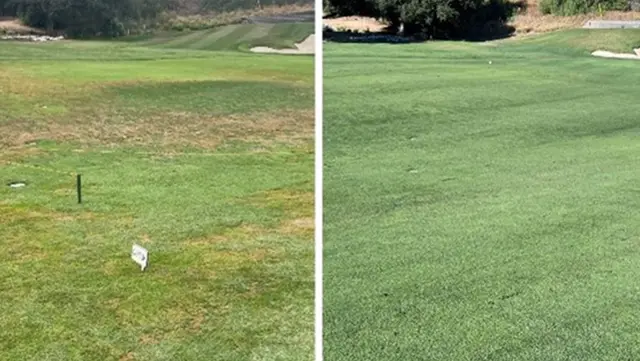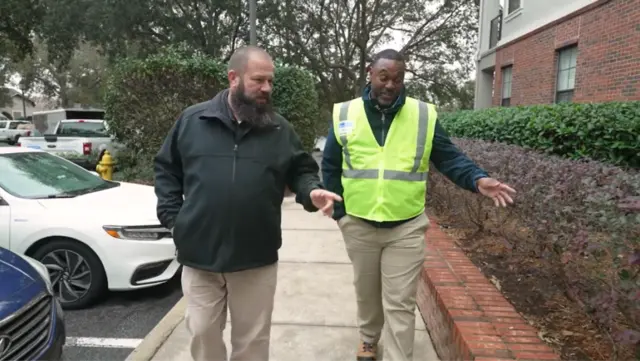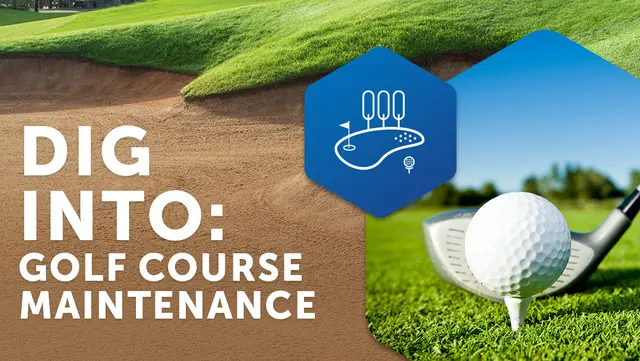
5 Pro Tips for Beating Post-Pandemic Budget Challenges
From the Agronomists and Operations Pros at BrightView
While the pandemic may have infused a well needed boom in golf’s interest and rounds being played, it has also created challenges that are causing operators to tighten their grip. Supply chain issues, increased costs, labor shortages-- to name just a few-- have many courses feeling like they can’t catch a break. If you count your course among them, this article is for you.
We’ve taken the biggest threats to your post-pandemic budget and asked our team of experts, including agronomists and operations pros, how they would beat them. Here are their recommendations.
1. Tailor Your Applications
Pre-pandemic, there was enough new technology, new regulations, and new products hitting the market to make your superintendent’s head spin. Now, supply chain issues and rising costs are causing a new kind of headache. If you’re tempted to beat the problem with a broad-stroke approach to fertilizer and control products, don’t. Not only is it not economical, but it can also be ineffective.
Instead, tailor your herbicide, insecticide, and fungicide applications to the specific problem affecting your course. Our experts recommend a prescription-based plan because it’s more efficient and environmentally friendly. While prescription-based plans do require more research and specialized knowledge, they save money because most can be applied via fine-tuned spot treatment.

2. Get These Reports Before You Fertilize
As you well know, fertilizer prices are also on the rise, reaching record highs. Now more than ever, you need to economize fertilization, without sacrificing the quality of your turfgrass. Like the above recommendation, our experts say taking a prescriptive approach is key. They make recent soil nutrient and water quality reports the cornerstone of every fertilization plan they develop. This ensures your turfgrass is getting all the nutrients it needs (and none it doesn’t). Finally, if you can, shift to foliar application instead of soil delivery, and you’ll maximize nutrient uptake.
3. Don’t Rule Out Generic Products
Just as pharmaceuticals must meet strict regulations, so too do control products. It comes at a heavy cost to manufacturers, who seek to recoup their investment once the product hits the market. That begs the question, are there instances in which you can save some money with a generic product? Yes.
Here’s what it boils down to. For some pests, like nematodes and goosegrass, there are few products that work and unfortunately, those products are expensive. When you find yourself in those shoes, our experts say it’s important not to cut corners. Buy what will work. It will most certainly be less expensive than repairing the damage if the problem is left unchecked.
In other scenarios, it’s worthwhile to give generic products a look. Generally, the active ingredient will be the same and the product will have undergone regulatory testing. The big difference may be in the how the product is formulated, which could impact efficacy. Our agronomists conduct field tests of generic products to compare performance against branded products prior to recommending their use on clients’ courses. It may not be feasible to conduct such testing on your own but partnering with a team of experts who does will give you access to a crucial knowledge base.
4. When in Doubt, Lean on Science for the Solution
A boom of technological advances just within the past decade has revolutionized golf course maintenance. While it’s true many of these advances can better your course, it may not always be clear how to use them to achieve maximum benefit. And if you’re not getting the desired result, the impact on your budget won’t be desirable either.
That’s where our experts recommend leaning on science. How? Take for example growth regulators. Instead of timing applications based on calendar dates, our experts use growing degree-day models.
Here’s another example. In the Southeast, mole crickets are a common problem. For maximum efficacy, we monitor the morphological development, then apply the targeted pesticide when egg laying and nymph emergence occur. It’s a more precise method that maximizes impact.
5. Be Flexible
That said, no amount of precision in the world can help you prepare for Mother Nature’s curve balls or transformative advances that change best practices overnight. That’s why it’s important to remain flexible in your plan. The best way to do that is with the help of a knowledgeable expert who can identify where you can find breathing room in your budget, and areas in which your maintenance program can become more effective. Wondering what that might look like for your course? Let’s get in touch.



